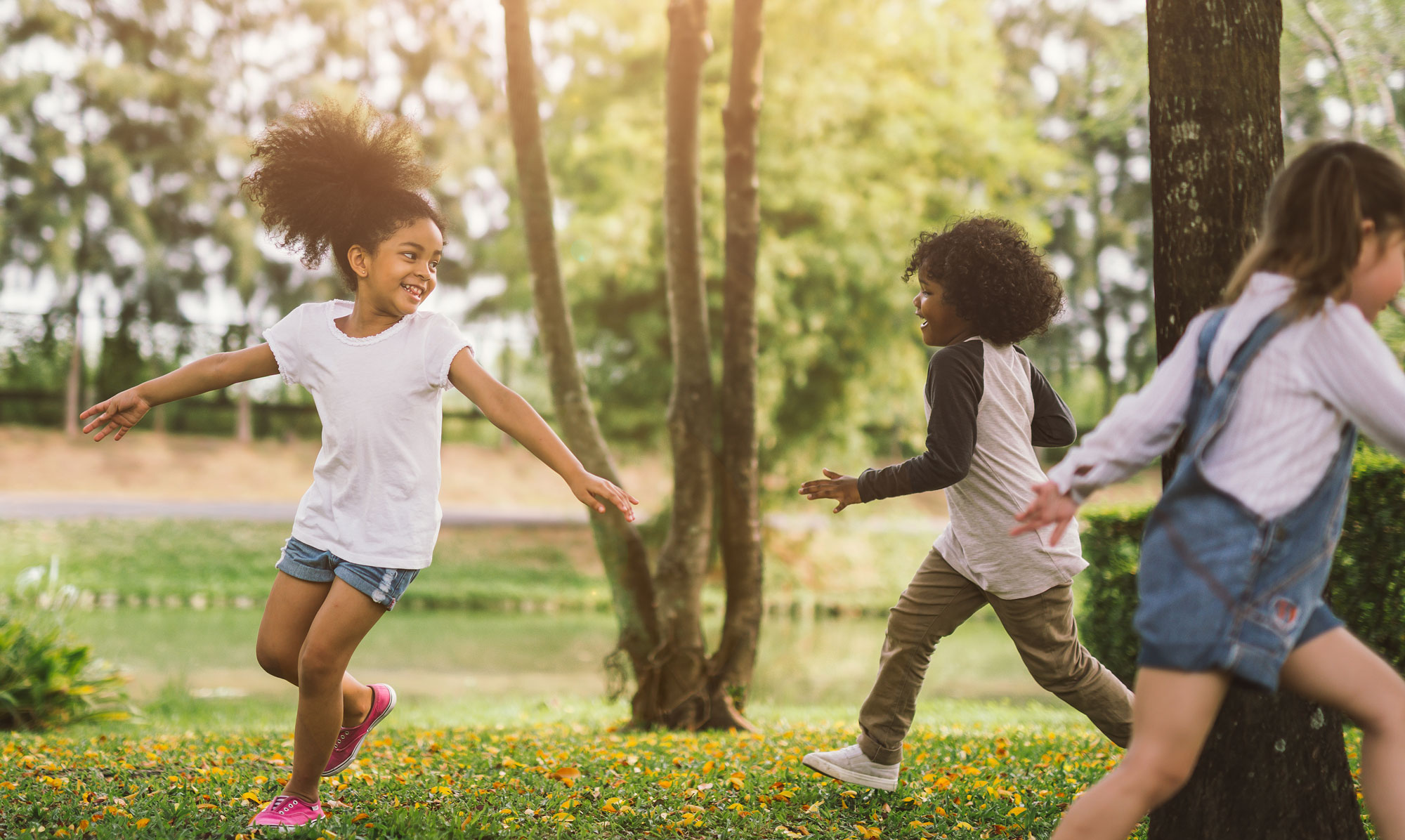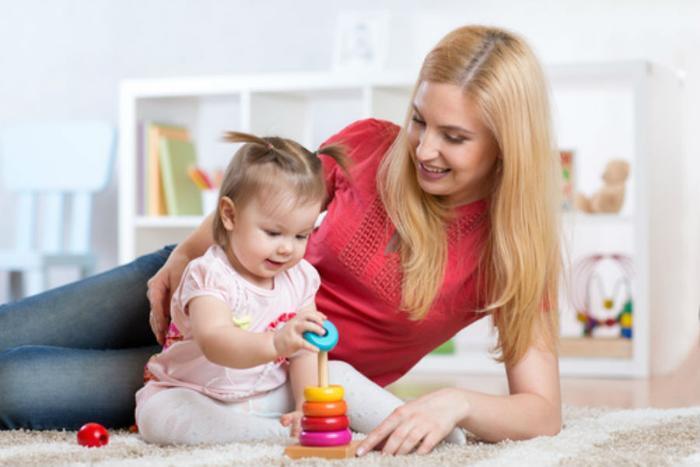Helping Children with ASD learn to greet others
Another Lesson Learned from Abroad
Children with ASD often have difficulty in interacting with others. They can find playing with other children quite challenging for a variety of reasons and participation in exchanges that go back and forth across multiple turns can be difficult.
Greetings are often the first step in those back and forth exchanges. All children but particularly those with ASD may really benefit from our support to learn this skill; a skill that so many of us take for granted.
Teaching children how, when and why to greet different communication partners can be the first step to help them develop more meaningful relationships with others.
Many of us with offer a friendly ‘hello’ as the first step in many of our interactions with others. It may be a nod of the head, a raised hand, or a smile as you pass someone on the street or in the hallway at work. It may be a more formal ‘Good afternoon…how are you’ as you greet a client in your waiting room or a ‘Hello….XXX speaking’ as you answer a phonecall. Your greeting may be an informal ‘Hey…how are you?’ going to a friend or colleague. Each generation seems to have different social rules and expectations around how to greet.
Yes, the ‘simple’ act of greeting is not so simple at all!
- How does your child with ASD communicate?
Let’s start from a strengths base.
Is your child able to use spoken words?
Can your child use eye contact to communicate his or her interests?
Can your child use gestures or key word signs?
Does your child use an AAC device to communicate with others?
- Is your child greeting others?
If so, who does your child greet?
When does your child greet people?
If not, who is your child most familiar with? Who does your child show a strong emotional connection to? What people in your child’s environment does he or she appear to be comfortable around?
3. What will I encourage my child to do and/or say to greet others?
We have identified how your child communicates?
If you are now wanting to encourage your child to start greeting others with greater success and frequency, start by modelling for them how you want them to do so. Make sure you choose a method and style of communication that is within your child’s toolbox. For example, if your child uses an AAC device, you can model how to use this device to say hello to people. Your child will watch and learn. If your child can use gestures, you can model how to wave and smile at people you greet. If your child can use spoken words, you can model how to wave and say ‘hello’. If your child prefers to give a High 5, then this is what you can model!
Choose moments and people when your child is well regulated emotionally. We want your child to feel good at these moments so that they associate greetings with moments of positivity and human connection.
Don’t pressure your child to […]


